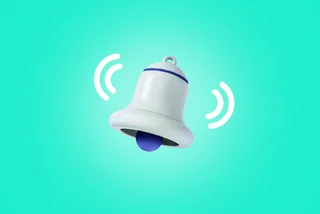The Perseids meteor showers will set Czech skies alight this summer. This annual weather phenomenon usually occurs from mid-July to late August and is visible from all parts of the country.
One of the oldest phenomena
According to experts, the Perseids are a well-known and predictable meteor shower, with a history dating back two millennia. As the Earth passes through the dust stream scattered behind the comet, dust particles fall to Earth and shine as meteors in the atmosphere.
PARTNER ARTICLE
The Perseids are one of the most prominent annual meteor showers, originating from the dust of the periodic comet 109P Swift-Tuttle, which was discovered in 1862 by astronomers Lewis Swift and Horace Parnell Tuttle. The cometary nucleus has a diameter of 26 km, making it one of the largest bodies that regularly approach our planet.
Takhle v noci na dnešek kapaly slzy svatého Vavřince (Perseidy) na objektivy kamer našich iReportérů. pic.twitter.com/OZPQXExITX
— ÄŒT24 (@CT24zive) August 13, 2018
How to best watch out for them
For the best viewing experience, experts recommend finding a site with a dark night sky, facing southeast, and away from public lighting and any forms of artificial light, which can significantly reduce the number of visible meteors.
With the Perseids expected to be visible only after dark, the ideal time to catch the event is between midnight and 4 a.m., when the Perseus constellation, with the radiant of the swarm, rises above the horizon. Experienced observers advise watching the night-time sky for at least 30 minutes before trying to view meteors. This allows human vision to adapt to night conditions. After that, even fainter meteors are visible to the naked eye.
Although the meteorological phenomenon starts around now, the frequency of meteor showers is highest during the second week of August, peaking around Aug. 12-13. During the peak, stargazers can typically see 50-100 meteors per hour under ideal dark sky conditions. In some years, the shower can produce even higher rates of 150-200 meteors per hour.
The planets Jupiter and Saturn – in relatively close proximity to one another – will also shine brightly in the summertime sky and be visible for most of the night. Jupiter is particularly striking, being the brightest object in the sky for most of the night, while Saturn shines with a slightly fainter glow. Mars can be seen around 2 a.m., and Venus rises at 3:30 a.m.
The Perseids starfall can be seen in Moscow starting tonight.
— Levan Gudadze (@GudadzeLevan) July 17, 2024
Observation of the falling meteors will be possible until August 24.
The peak will occur on August 12 at 23:00 - the meteor shower will be up to 110 meteors per hour. pic.twitter.com/AEiDvKwDG5












 Reading time: 2 minutes
Reading time: 2 minutes 


























